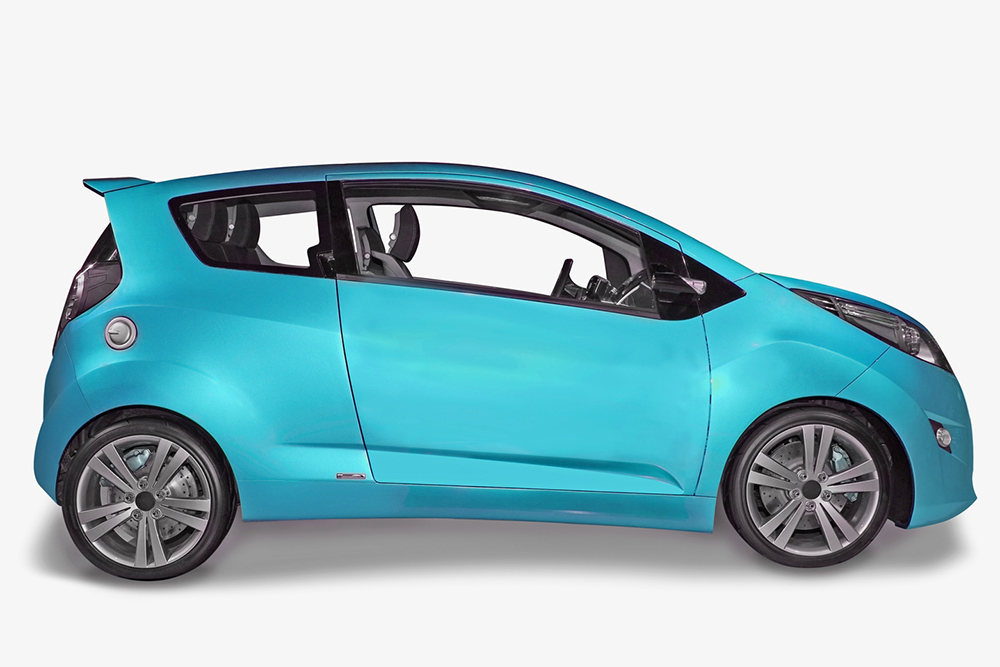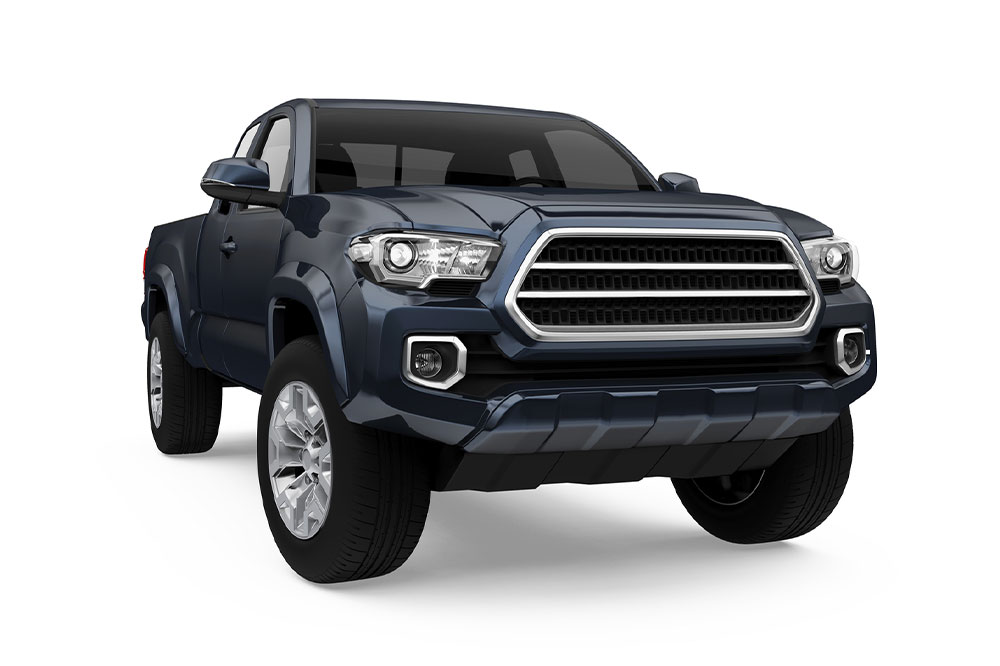Top Strategies for Purchasing a Used Car with No Down Payment
Discover effective methods to buy a used car without a down payment, including no-deposit financing, co-signed loans, credit card payments, trade-ins, and personal loans. These strategies can make car ownership more affordable and accessible, especially for those with limited upfront funds or credit challenges. Understanding the pros and cons of each approach helps buyers choose the best option suited to their financial situation and needs, enabling a smoother and more flexible car buying experience.

Top Strategies for Purchasing a Used Car with No Down Payment
Opting for a used vehicle can be a cost-effective choice compared to buying brand new. However, used cars can still carry a hefty price tag, often necessitating a loan. A traditional car loan typically involves a down payment, which can be a significant upfront expense. Fortunately, there are several methods to acquire a used car without making an initial down payment, making the process more accessible.
1. Explore no-deposit auto financing options
Standard auto loans usually require a down payment. However, some lenders offer no-deposit financing, allowing borrowers to finance the full amount of the vehicle. Banks and financial institutions provide these options for both new and used cars. Since no deposit is needed, repayment is made through monthly installments, but this might result in higher payments or longer loan terms. Eligibility often depends on creditworthiness.
A notable requirement for no-deposit loans is having a strong credit score.
2. Secure a loan with a co-signer
If you have poor credit, qualifying for no-down-payment financing can be challenging. Enlisting a trusted co-signer with good credit can increase your chances. The co-signer agrees to repay the loan if you default, thereby reducing lender risk. Keep in mind, the co-signer’s credit will be impacted if payments are missed, and all parties should understand the financial responsibilities involved.
3. Use a credit card for the purchase
Paying for a used car with a credit card is another option — provided the dealer accepts card transactions. Before proceeding, check with your credit card provider for approval. Using a zero-interest credit card can help manage costs, but high-interest cards should be avoided. This method allows you to spread payments over time via your credit card balance.
4. Trade-in your existing vehicle
Trading in an old car can serve as a significant down payment. When selling to the same dealer, the trade-in value may be directly applied as the initial payment, reducing or eliminating the need for additional funds. To maximize trade-in value, ensure your vehicle is in excellent condition by performing necessary repairs and detailing it thoroughly.
5. Opt for a personal loan Unsecured personal loans present an alternative to traditional car financing. These loans do not require collateral or upfront payments, and funds are typically disbursed quickly after approval. When considering this option, compare offers from multiple lenders to find favorable interest rates and repayment terms, helping you make an informed choice.
Note:
The content on our platform spans various topics, providing helpful insights based on thorough research. However, it shouldn't be regarded as definitive or exhaustive. Users are encouraged to verify details and explore current schemes or offers independently, as this information may vary or be updated over time.










